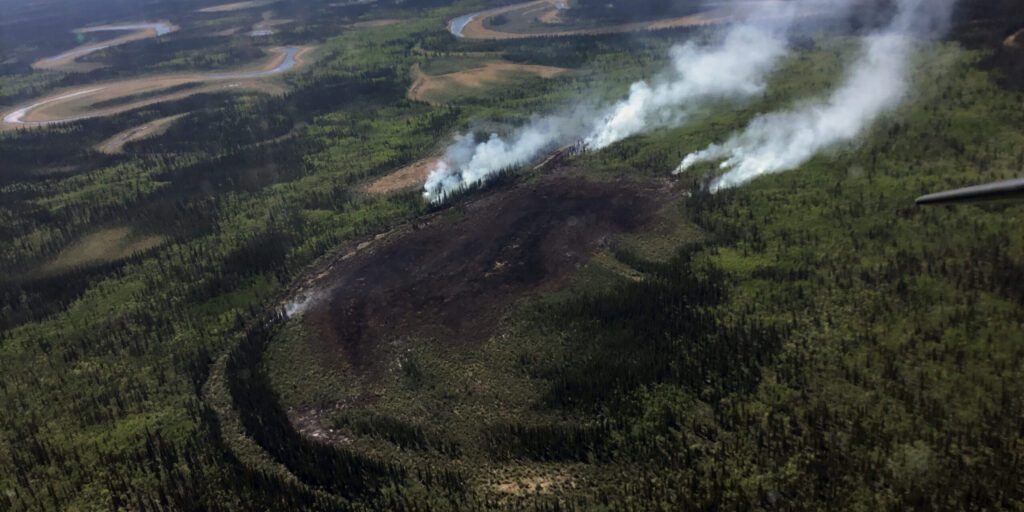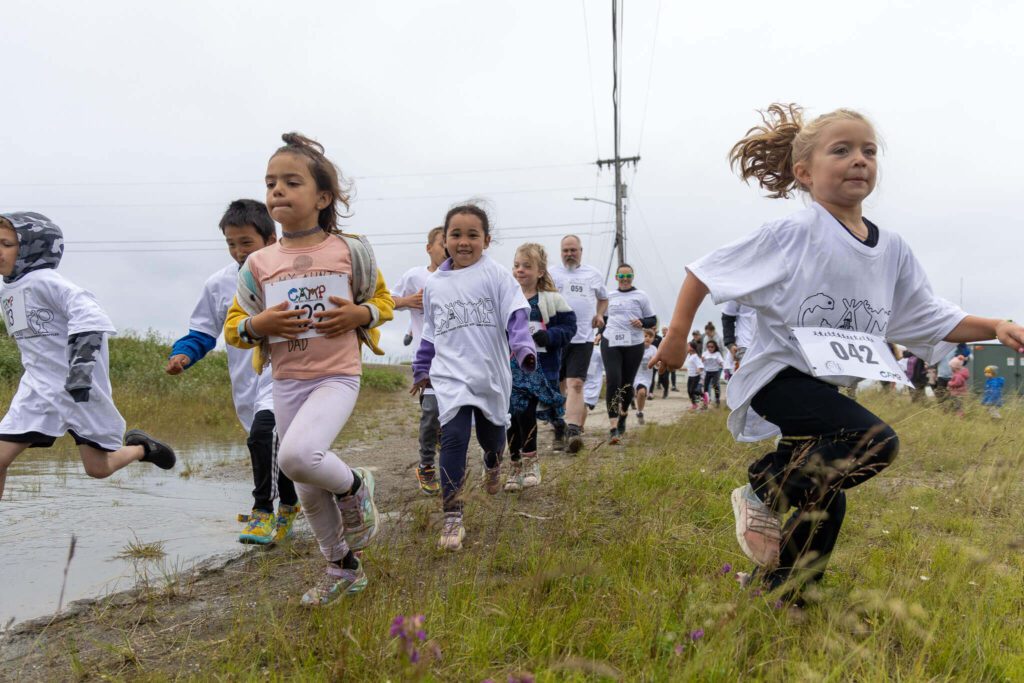There are now 85 active wildfires across the state, and the Alaska Division of Forestry suspects more will pop up as a result of lightning activity this week.
Beth Ipsen is the public affairs specialist for the Bureau of Land Management’s Alaska Fire Service (AFS). She says smoke from various blazes is expected to drift across the Seward Peninsula today and tomorrow.
“You might end up seeing smoke from cluster fires. There’s a cluster of three fires burning just south of Buckland; there’s another cluster of fires burning north of Kotzebue. You may end up seeing smoke filtering into Nome, because we are expecting easterly winds today (Wednesday), meaning winds out of the East, and then tomorrow they will turn a little more out of the Northeast.”
One of those active fires has been burning near Golovin for about two weeks (since May 25th) but has only affected ten acres or less. According to Ipsen, it’s on its way to burning out.
“That particular fire just hasn’t been administratively called ‘out.’ The last time it was flown, they didn’t see any smoke coming from the fire, and it was put on monitor status just because they wanted to be sure that nothing changes before they call it ‘out.’”
Another regional fire burning in Western Alaska is the Fairhaven Creek fire located about 20 miles south of Buckland. Ipsen says that blaze is not currently staffed with firefighting crews. The fire was reported by someone in Buckland at 9 p.m. Monday and is estimated to be 20-acres at this time.
The BLM AFS Galena Fire Management Zone covers 93.5 million acres, starting at Pilot Station and running north to the Arctic Slope. In that zone, there were 19 new fires created Tuesday alone, most of which were started by lightning. According to Ipsen, the Alaska Fire Service has been tracking almost ten-thousand lightning strikes the past couple of days. She says that will be something to continue to watch out for.
“We have monitor sites that monitor lightning strikes. What will happen is we’ll send out airplanes that will fly what’s called detection flights, and they’ll basically fly over an area and look for new starts. We also get a lot of reports from other pilots, private pilots, or even commercial airplanes. They may be flying over a certain area and see something; it gets reported through flight service.”
To report a wildland fire in Alaska, call 1-800-237-3633.
Image at top: A wildfire along the Chandalar River, burning 22 miles northwest of Fort Yukon. Photo: Kay Kudo, BLM AFS.







